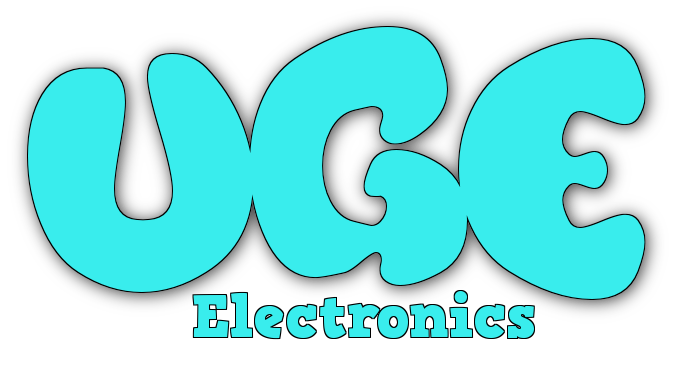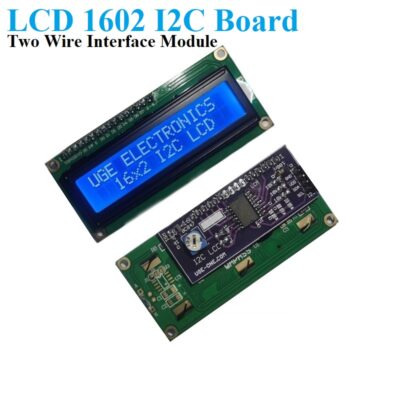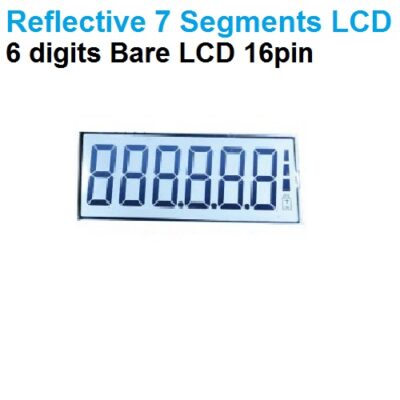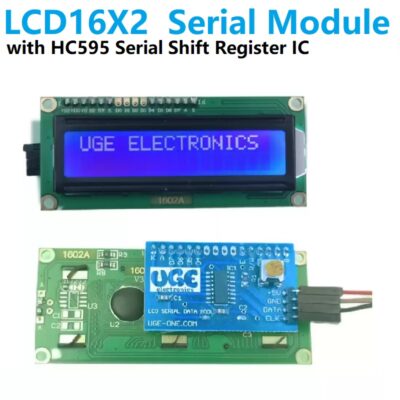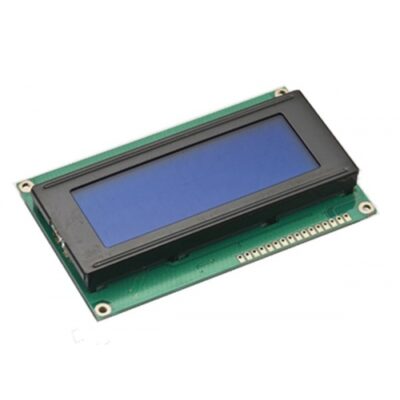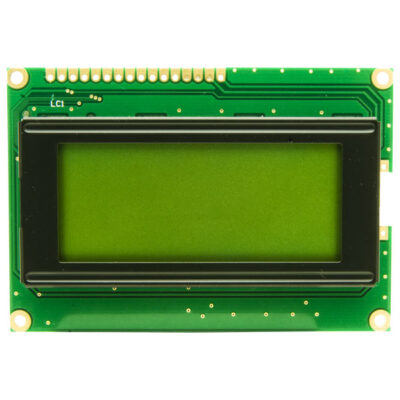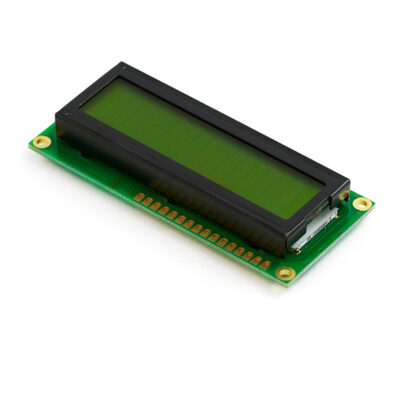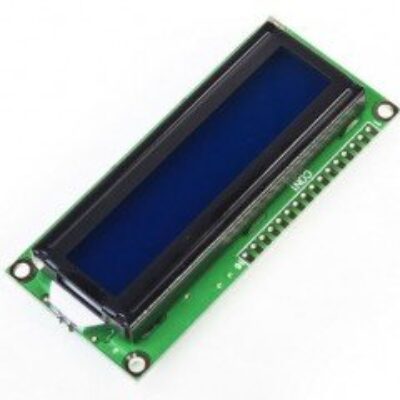These LCD screens are limited to monochrome text and are often used in copiers, fax machines, laser printers, industrial test equipment, networking equipment such as routers and storage devices.
The screens come in a small number of standard configurations. Common sizes are 8×1 (one row of eight characters), 16×2, 20×2 and 20×4. Larger custom sizes are made with 32, 40 and 80 characters and with 1, 2, 4 or 8 lines. The most commonly manufactured larger configuration is 40×4 characters, which requires two individually addressable HD44780 controllers with expansion chips as a single HD44780 chip can only address up to 80 characters. A common smaller size is 16×2, and this size is readily available as surplus stock for hobbyist and prototyping work.
Character LCDs can come with or without backlights, which may be LED, fluorescent, or electroluminescent.
Character LCDs use a standard 16 contact interface, commonly using pins or card edge connections on 0.1 inch / 2.54 mm centers. Those without backlights may have only 14 pins, omitting the final two pins powering the light. The pinout is as follows:
- Ground
- VCC (+3.3 to +5V)
- Contrast adjustment (VO)
- Register Select (RS). RS=0: Command, RS=1: Data
- Read/Write (R/W). R/W=0: Write, R/W=1: Read (This pin is optional due to the fact that most of the time you will only want to write to it and not read. Therefore, in general use, this pin will be permanently connected directly to ground.)
- Clock (Enable). Falling edge triggered
- Bit 0 (Not used in 4-bit operation)
- Bit 1 (Not used in 4-bit operation)
- Bit 2 (Not used in 4-bit operation)
- Bit 3 (Not used in 4-bit operation)
- Bit 4
- Bit 5
- Bit 6
- Bit 7
- Backlight Anode (+) (If applicable)
- Backlight Cathode (-) (If applicable)
The nominal operating voltage for LED backlights is 5V at full brightness, with dimming at lower voltages dependent on the details such as LED color. Non-LED backlights often require higher voltages.
The HD44780 interface allows for two modes of operation, 8-bit and 4-bit. Using the 4-bit mode is more complex, but reduces the number of active connections needed. The operation mode must always be set using the Function Set command, it is not defined at power-up whether the chip is in 8-bit or 4-bit mode. For this reason, in 4-bit mode a command is sent in two operations. To enable 4-bit mode the Function Set command must be sent three times. Once in 4-bit mode, character and control data are transferred as pairs of 4-bit “nibbles” on the upper data pins, D4-D7.
